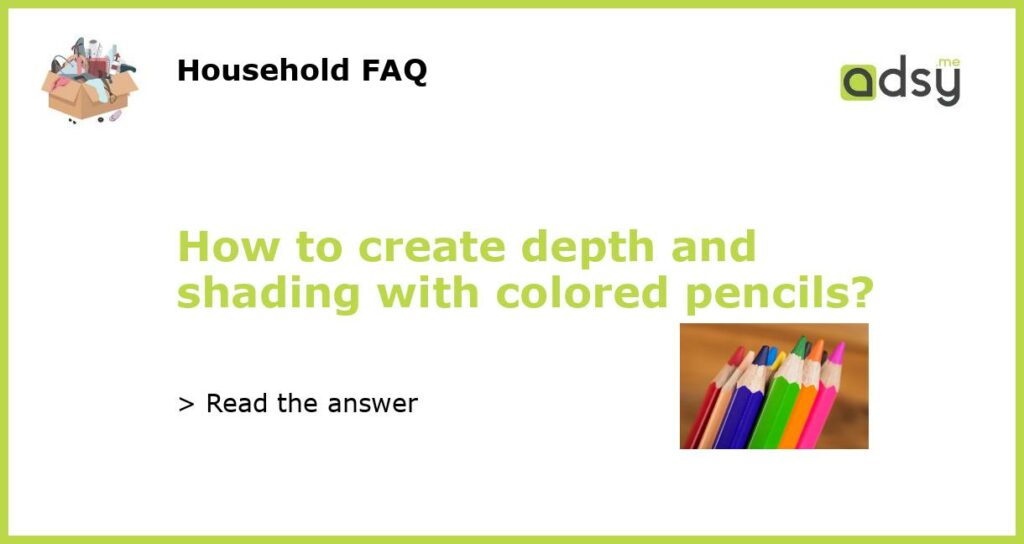Understanding the Basics: Colored Pencils 101
Before we dive into the techniques for creating depth and shading with colored pencils, it’s important to have a basic understanding of this medium. Colored pencils come in a variety of types – wax-based, oil-based, and watercolor – each with their own unique characteristics. Wax-based pencils have a softer consistency and are better for layering and blending, while oil-based pencils have a firmer consistency and are great for creating fine details. Watercolor pencils have water-soluble pigments that allow for a watercolor effect when activated with water.
It’s also important to understand the color wheel and how colors interact with each other. Complementary colors are opposite each other on the color wheel and create contrast when used together. Analogous colors are next to each other on the color wheel and create harmony when used together. Understanding color theory will help you create more dynamic and visually interesting pieces.
Building Depth with Burnishing
Burnishing is a technique that involves layering and blending colors to create a smooth and almost waxy finish. To burnish, start with a lighter color and layer it over the area to be shaded. Apply a moderate amount of pressure to the pencil, and then layer a darker color over it, using the same amount of pressure. Repeat this process with progressively darker colors until you’ve achieved the desired depth. Then, use a lighter color to blend the colors together by layering it on top and lightly blending with a circular motion. The result will be a smooth and shiny surface with greater depth.
Creating Shadow and Contrast with Hatching and Cross-Hatching
Hatching and cross-hatching are basic techniques that involve making parallel lines to create texture and value. Hatching involves making lines in one direction, while cross-hatching involves making lines in multiple directions to create more texture. To create shadow and contrast, start with a light color and make thin lines spaced closely together. As you move towards the shadows, use progressively darker colors and add more layers with closer spacing. Cross-hatching can be used to create even more texture and depth by adding additional layers at different angles.
Using Pressure to Create Gradations
One of the simplest yet most effective techniques for creating depth and shading is using pressure to change the intensity of the color. Start with a light pressure to create a light color or gradually increase pressure to create darker values. Use a series of parallel lines, then add additional layers and adjust the pressure to create a gradation. This technique can be used to create both gradual transitions and sharp contrasts, depending on the desired effect.
Blending for Smooth Transitions
Blending is the technique that brings everything together and creates smooth transitions between colors. There are several ways to blend, including using a blending tool, a clean pencil with no color, or a solvent such as rubbing alcohol or turpentine. Blending tools can be purchased or made from paper towels, cotton swabs, or even fingertips. After applying the colors, gently rub the blending tool over the surface to smooth out any lines or texture.






